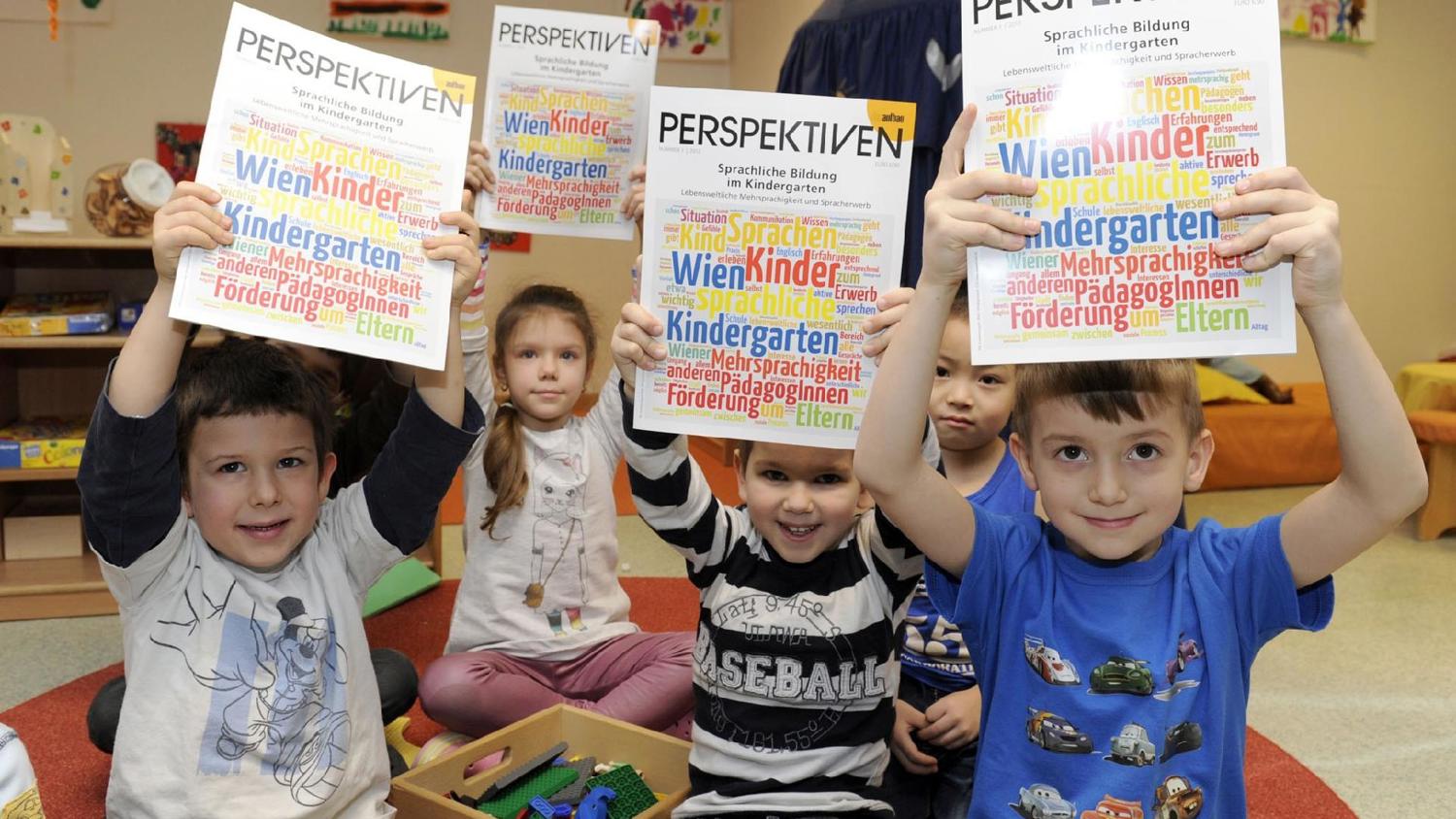
Into Austria’s 25 years in the EU, Vienna takes cooperation forward
In the early 90’s, Europe was in a state of shock. The cold war had just ended after half a century of tense intra-European political, military and economic controversies.
The Balkans were shattered by a war that unfolded as decades-old frozen conflicts suddenly revitalised.
Eastern Europe looked like an alien world compared to their western neighbours and they knew they needed to catch up quickly if they wanted to adapt to the new world.
Western Europe, in itself, was not an undisturbed paradise. Despite doing better than their eastern cousins, they had many challenges to address such as regional disparities, issues arising from national borders, negative effects of rapid deindustrialisation, environmental issues, and so on.
That is when Austria joined the European Union (EU), 25 years ago, in 1995. With its location and historical connections to both west and east, Austria would play a key role in undertaking many of the abovementioned burdens.
But no country is a superhero. To address real-life challenges, countries need real-life partners; and political, state-level partnerships, although essential, are far from enough. The EU provided an excellent platform for cooperation among national governments, and it was again the EU who could provide the framework for addressing local and regional challenges all across Europe. And so it did!
Starting from as early as 1990, the EU already had a funding mechanism that enabled partners from different countries to come together, develop joint projects for common problems, learn from each other, coordinate and solve the problems in a way that if attempted alone, would be so much more complicated or even impossible.
It was called only a Community Initiative ‘Interreg’. It later became an important goal of the EU Cohesion Policy as ‘European Territorial Cooperation’, and now has its own recognizable brand ‘Interreg’.
As the EU grew in size, population and diversity, Interreg also evolved. The more it became evident that cooperation is a more effective, cheaper and better way to address problems, the more it grew in size, scope and significance.
As of this year, on the 30 years anniversary of Interreg, there are 102 active programmes providing EU funds for cooperation projects between EU Member States as well as fostering cooperation between EU and its neighbours. They focus on the regions of the EU member states, but also cover a vast area from Northwest Russia to Spain, from Ireland to Armenia. Although a large initiative with common characteristics, Interreg is divided into individual programmes hosted and managed by EU member states.
In Austria, there are 14 active programmes, 10 of which are open to project applications and partnerships involving potential partners from Vienna. Municipal Department for European Affairs of the City of Vienna hosts three of these programmes.
Interreg supports cooperation by funding cooperation projects from different countries. Through such projects for example Austrian farmers exchange experiences and practices about profitable and ecological farming with their French counterparts. Austrian students from border regions visit schools in their neighbouring Slovak regions and launch joint art projects. Viennese scientific institutions cooperate with their colleagues in Hungary and Slovakia to make use of robotics and AI technologies. National parks in Lower Austria cooperate with their Czech counterparts in order to protect endangered species because wild life does not recognise national borders. These are just a few examples of projects involving Austria, and they are all possible thanks to Interreg.
As an example to reflect what these projects represent in real life, let’s say you are a local government in Burgenland, which is on the border with Hungary. You have trade, tourism, culture, and many other types of connections with Hungary. Roads leading to and connecting your region to Hungary are important for the well being of your region. However, due to historical divides with national borders, authorities on both sides of the border have built their own motor roads, own connections, own plans.
With borders gone thanks to the Schengen Agreement, both you and your Hungarian counterparts can reap the benefits of neighbourhood a lot more but you need to cooperate in order to plan, integrate and upgrade the road links. Finding funds and technical support for this may be challenging as national governments on both sides of the border are more focused on macro-level policies, larger road networks etc. That’s when Interreg comes in. You, together with your Hungarian partners, prepare your project and apply for funding to Interreg Austria – Hungary Programme. Actually, this project is already happening right now!
Now think about similar problems with railway networks: routes, modernisation, environmental protection, etc. All these issues have their own projects too!
We move from Burgenland back to Vienna and gaze upon the connecting line of Central and Eastern Europe, the Danube. It flows through 10 countries and it too does not recognise human borders. Its natural flow as well as floods and backwater effects from industrial plants on its bed cause large amounts of sediment to accumulate. This results in clear impacts on shipping, flood protection, hydropower and ecology. This is why partners from Austria, Slovakia, Czech Republic and Hungary joined forces under the DREAM project, to transfer knowledge on river management in the Danube and to develop joint, innovative monitoring and modelling instruments.
Projects to exploit the Danube’s potential to the fullest while ensuring protection of its nature, are just the tip of the iceberg. There are thousands of Interreg projects in Europe and there may be thousands more coming from local and regional actors who can help improve lives in cooperation with other European partners. Check out cbc.wien to learn more about what Interreg offers in Vienna and how to get involved.





